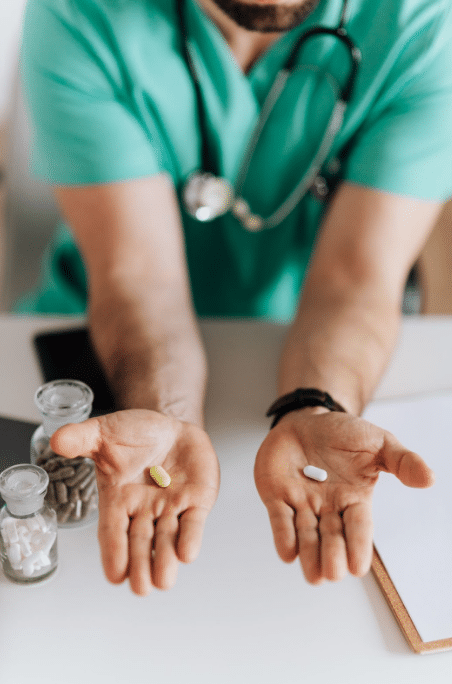
So many terms are thrown about to describe the same struggle that almost 20 million Americans face. So what exactly is substance use disorder, and how do you know if it’s something that’s impacted your life?
We’re getting into the details of this diagnosis in a clinical and real-world manner, and we want to make sure you get the answers you need today.
Are addiction and substance use disorder the same?
There is a marginal difference between addiction and substance use disorder, but at their root, they mean the same thing. Substance use disorder has many causes, some rooted in trauma and others in genetics, but primarily it is an incompatibility between a person and their sobriety.
Substance abuse may begin from a clinical need for pharmaceutical intervention that spirals beyond a healing use or from a self-driven need to escape an emotion or reality within the life you live. Substance abuse is not picky in where it starts or where it will leave you, but it is a clinical way of discussing the inability to live your life without the substance you’re abusing.
What are types of substance abuse?
While any substance can be abused when it becomes an all-consuming part of your life, there are a handful of recognized substance use disorders most commonly treated in a clinical setting.
Alcohol
You may hear alcohol use disorder also referred to as alcoholism. The terms are one and the same; both are characterized by a chronic dysfunctional relationship with alcohol. Whether it’s beer, wine, or spirits, alcohol use disorder (AUD) is a clinical diagnosis that can control your life.
Some of the signs and symptoms are alcohol cravings, drinking no matter the impact on health, and an inability to go without alcohol. Behavioral changes and effects on physical health may occur as a result.
Hallucinogens
Drugs that alter your perception of reality are often called hallucinogens. Hallucinogens include drugs like MDMA (ecstasy), salvia, LSD (acid), and psilocybin (mushrooms). These psychoactive substances produce changes to the way you experience the world around you.
Those who experience hallucinogen abuse are at risk for overdose due to increased tolerance and the user taking larger doses to feel the effects. Signs of abuse disorder may include agitation, paranoia, memory changes, anxiety, and impaired reflexes.
Marijuana
Although often hailed as being “nonaddictive,” marijuana abuse disorder is a problem that can occur without notice. Marijuana is famously known for creating a calm atmosphere and is medically lauded for reducing many symptoms. While its use to support clinical symptoms is important, marijuana can, like any other drug, be abused without mindful use.
Symptoms of marijuana abuse disorder are ignoring risks, increased cravings, heightened anxiety, inability to cope without marijuana, and increased anxiety.
Nicotine
Plastered on packages and billboards across the nation, the prevalence of nicotine is not an unfamiliar topic in the US. Cigarette and tobacco consumption has declined in recent years, but access to nicotine remains easy and readily available. E-cigarette use has increased nicotine access alongside the declining use of tobacco.
Leading to lung, mouth, and throat cancer, nicotine abuse disorder has a powerful lifelong impact for those who fall prey to it. Nicotine abuse symptoms may include cravings, personality changes during withdrawal, agitation, frequent respiratory infections, and impotence.
 Opioids
Opioids
This class of drugs is primarily made up of commonly-prescribed substances derived from the opium poppy. This sector of painkillers has clinical applications to reduce major pain. Opioids also include heroin. Whether you’re using the prescription kind or illegally obtained opioids, addiction is a serious concern with opioids. Their function is to reduce pain, but side effects include confusion, euphoria, and lowered respiration.
Those addicted to opioids may experience powerful cravings, a breakdown of skin composition, difficulty fulfilling obligations, withdrawal, and increasing tolerance of the drug that requires a higher dosage.
Sedatives and stimulants
While these categories of addictive substances are inherently opposite, the access and development of addictive behaviors in response to their consumption can be quite similar.
Sedatives’ primary function is to help someone who struggles with sleep disorders or insomnia get enough rest. However, like all drugs, they can be dangerous when abused. This category includes barbiturates, benzodiazepines, carbamates, and sometimes even antihistamines.
Stimulants—which run the gamut from caffeine to cocaine, methamphetamine, speed, and crack—cause heightened excitement and motivate users to get things done. Under this guise, some stimulants find purpose medically to treat or support those with attention disorders, while others are illegal in every form.
The abuse of sedatives and stimulants is characterized by insomnia, blood pressure changes, tachycardia (unstable heart rate), sexual and respiratory dysfunction, and central nervous system disruption. Some stimulants may cause hallucinations, tooth decay, and aggression.
How we heal is all the same
No matter the kind of substance use disorder that’s taken up unwelcome residence in your life, there is a universal key to success: you want to heal. We can all begin to walk the lifelong journey of recovery the moment we believe in the possibility of life after active addiction.
There is no actual secret, or one right way, to get sober. However, there is one right place to begin: in the authentic knowledge that you are capable of healing, and you deserve the future that lies beyond the struggle you now find yourself within.
Recovery is possible, and our holistic healing program can begin in the first steps of detox or anywhere along the way. When you’re ready, we are too. Contact us today at (866) 950-0643 to learn more.


